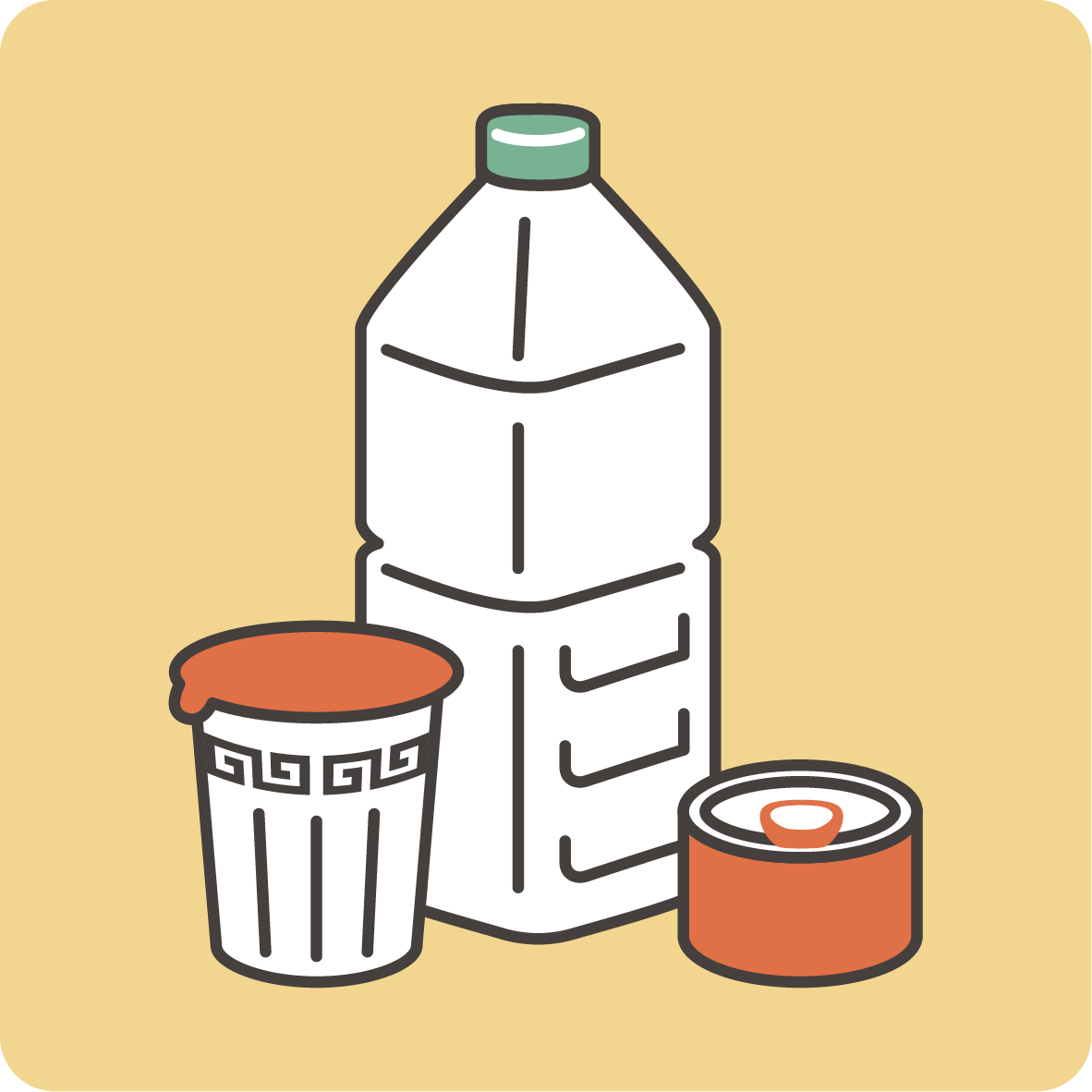
4 Food and Commodities
-
You can receive food at an Evacuation Center (hinanjo). Line up and wait your turn to be served.
Essential items will be distributed periodically, so wait until it's time and take only what you need.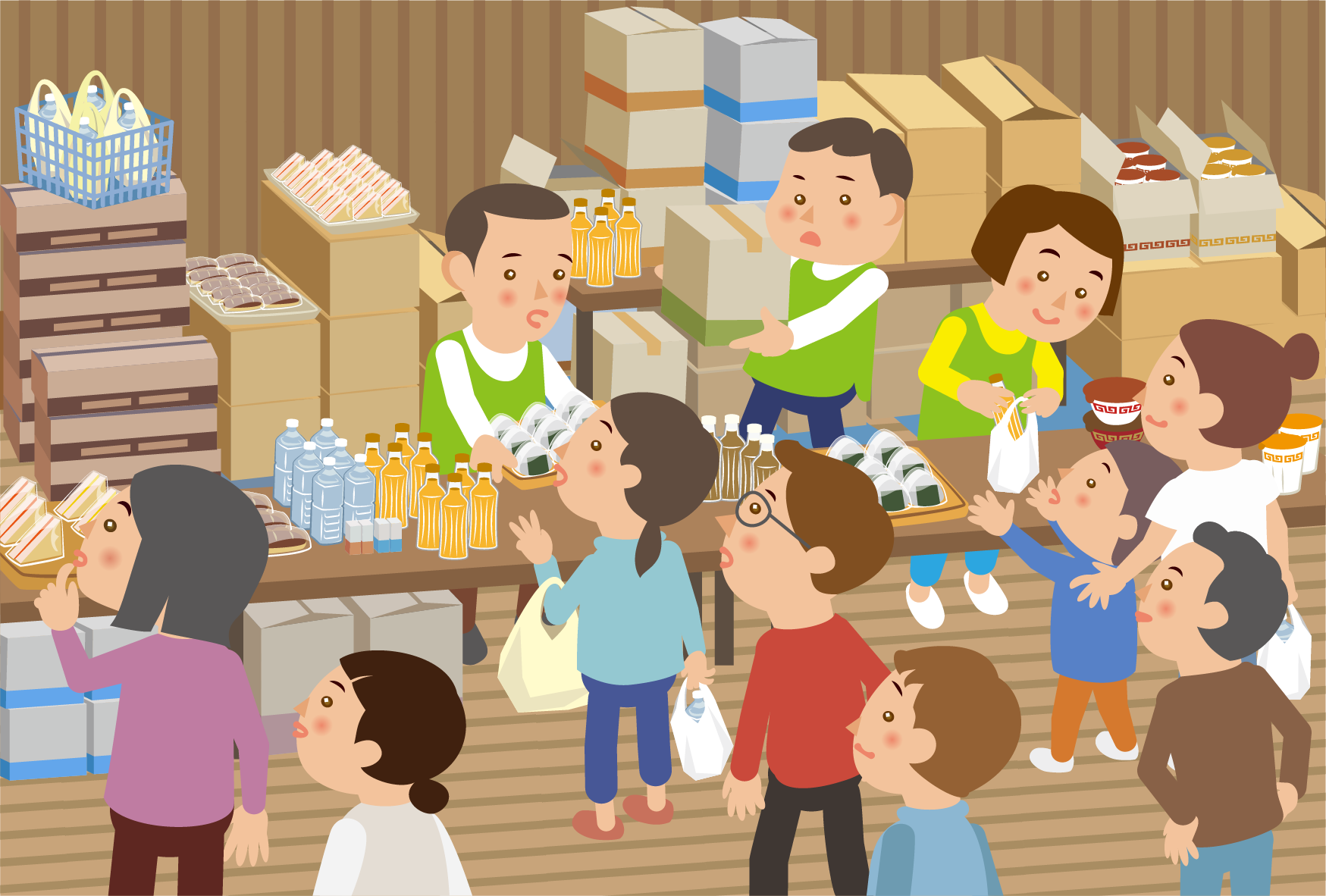
-
-
When the mains water supply is unusable, Water Supply Stations and Water Supply Vehicles are set up to provide water. You can also receive water at an Evacuation Center (hinanjo).
Ask the city office about where you can receive water.
Take a water storage can or plastic bottles to put the water in.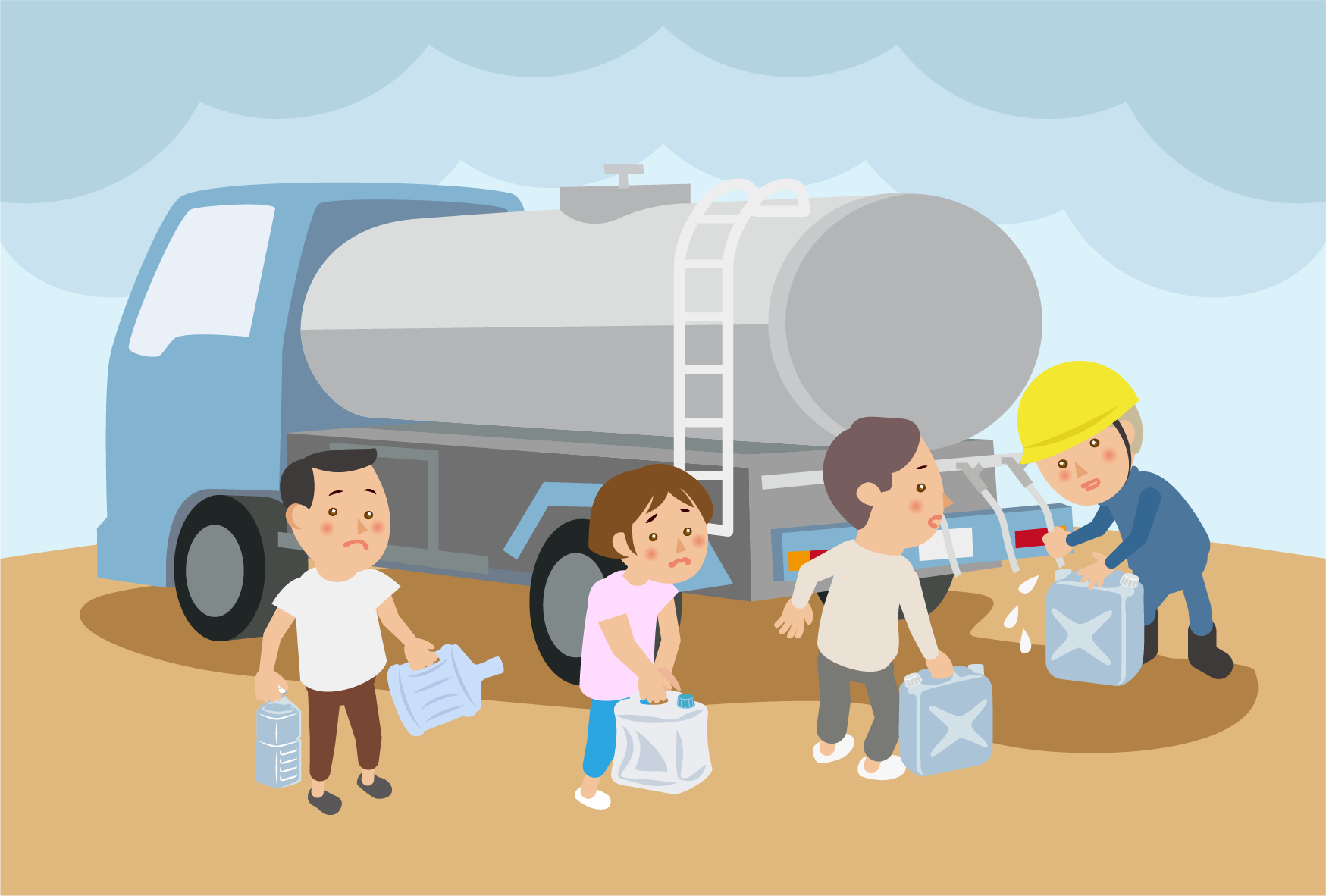
-
■The location of your closest Emergency Water Supply stations
When water outages occur after a major disaster, you can receive water at Emergency Water Supply Stations.
Take a water storage can or plastic bottles to put the water in. Check the following page to see the locations of Emergency Water Supply Stations.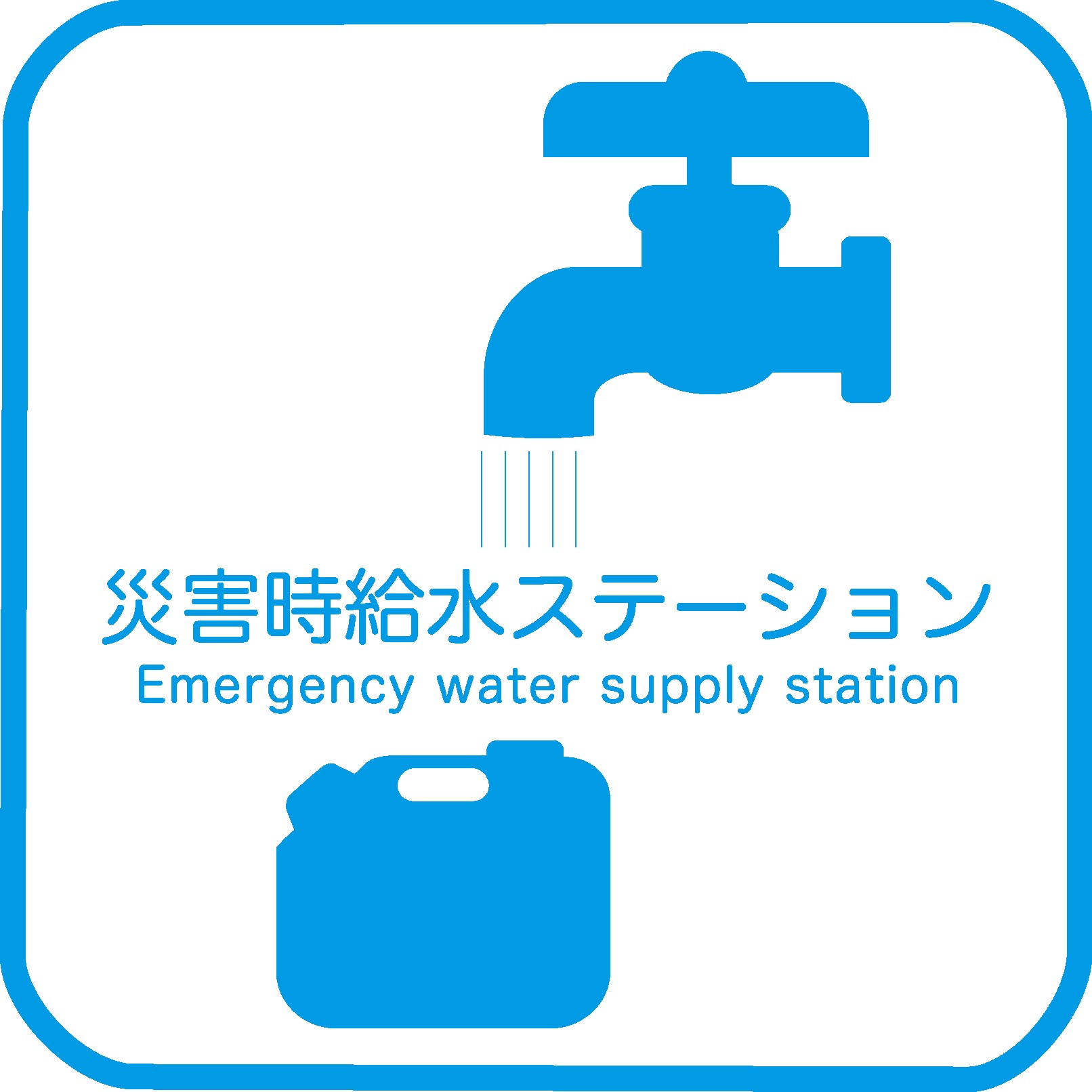
(Water Supply Points) (Bureau of Waterworks Tokyo Metropolitan Government)https://www.waterworks.metro.tokyo.lg.jp/kurashi/shinsai/ichiran.html(Japanese・Machine translation)
-
-
-
Many Evacuation Centers (hinanjo) will not have these food options.
Check what has been used in the food before you eat anything.
If you are unsure, ask Evacuation Center staff.☞ Glossary: Halal food
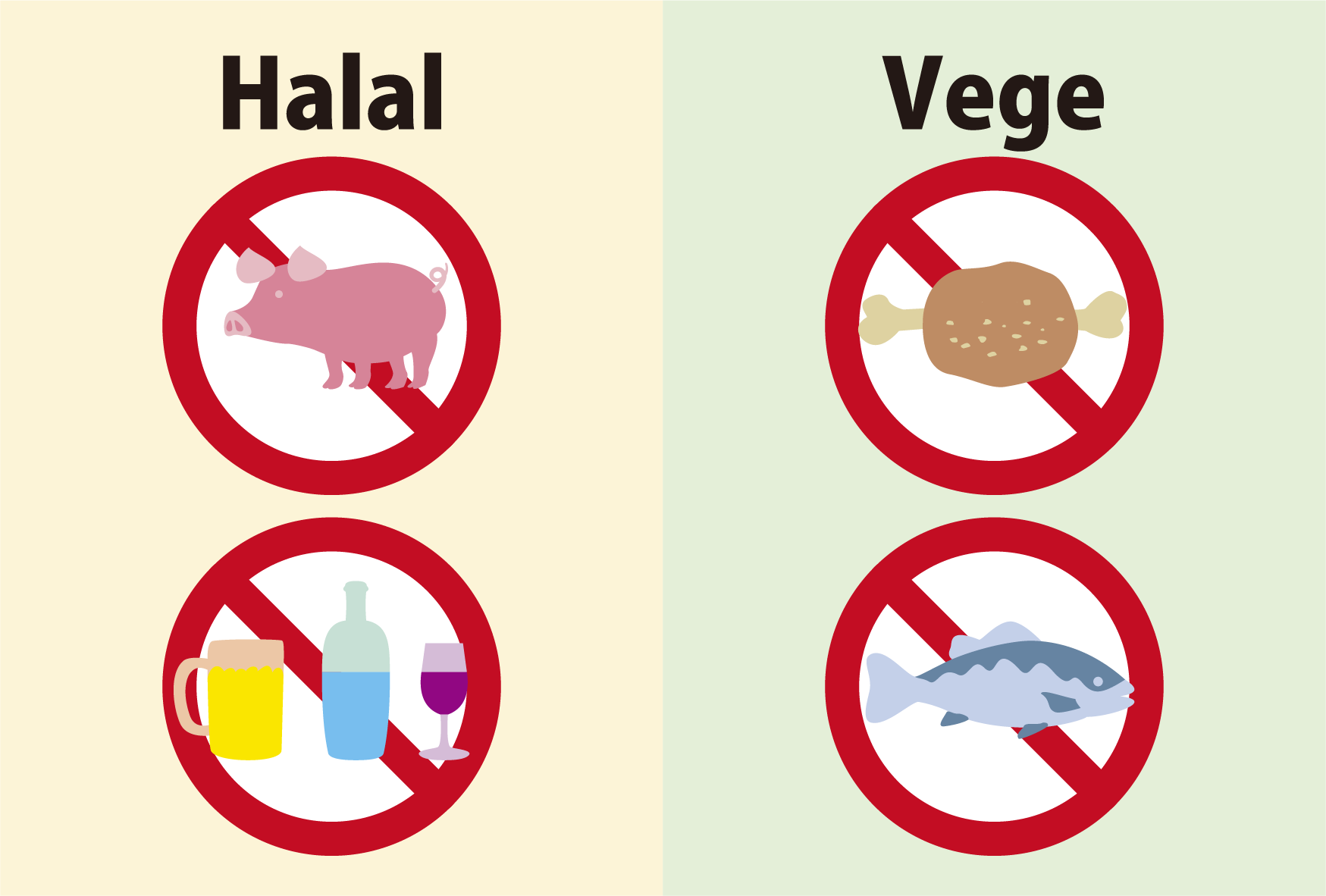
-
If there are things you cannot eat, you can use this sheet to let Evacuation Center staff know.
■Ingredient Icons (FOODPICT) (Council of Local Authorities for International Relations)https://www.clair.or.jp/j/multiculture/tagengo/ercard_foodpict.html(Japanese)
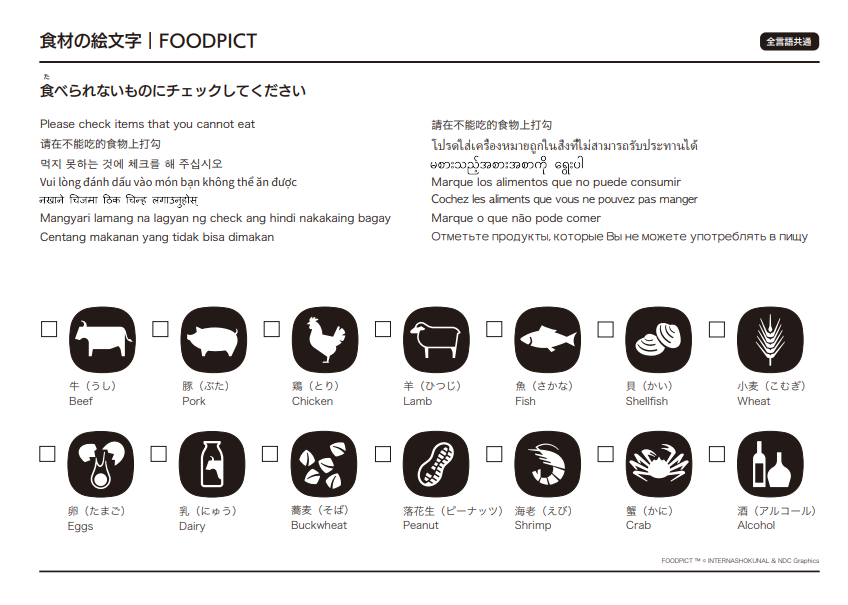
-
-
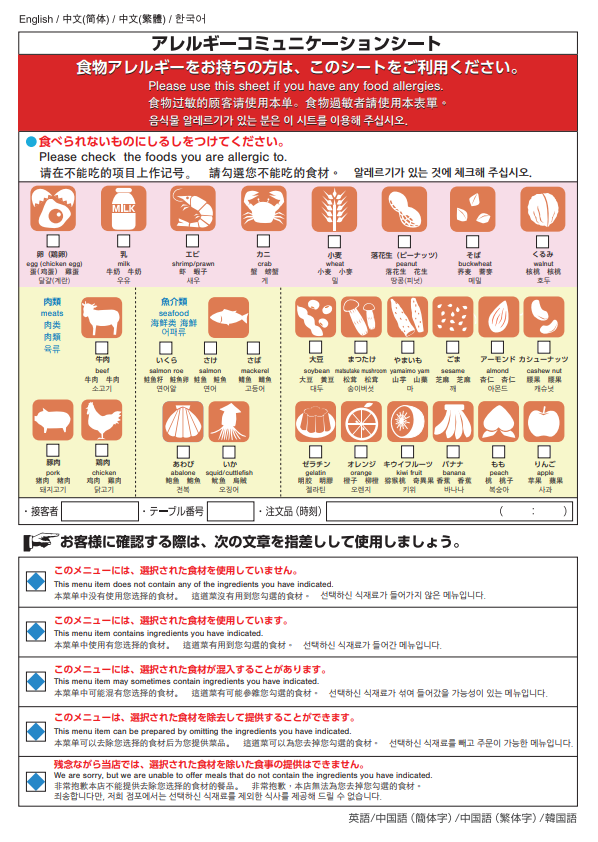
Evacuation Centers (hinanjo) may offer food catered toward people with specific allergies. Ask Evacuation Center staff for information.
■ Food Allergy Communication Sheet
If you are told there is no special food available, check what has been used to make the food before eating it. Use this sheet to let Evacuation Center staff know about any food allergies you may have.
(Bureau of Public Health, Tokyo Metropolitan Government)https://www.hokeniryo.metro.tokyo.lg.jp/shokuhin/allergy/leaflet.html(Japanese)
It is common for Evacuation Centers (hinanjo) to have powdered and liquid milk, baby food and rice porridge. Ask Evacuation Center staff if it is available.
- Soon after a major disaster, it is common for stores to be damaged, for items to sell out, and for stock to not be delivered, leading to closures.
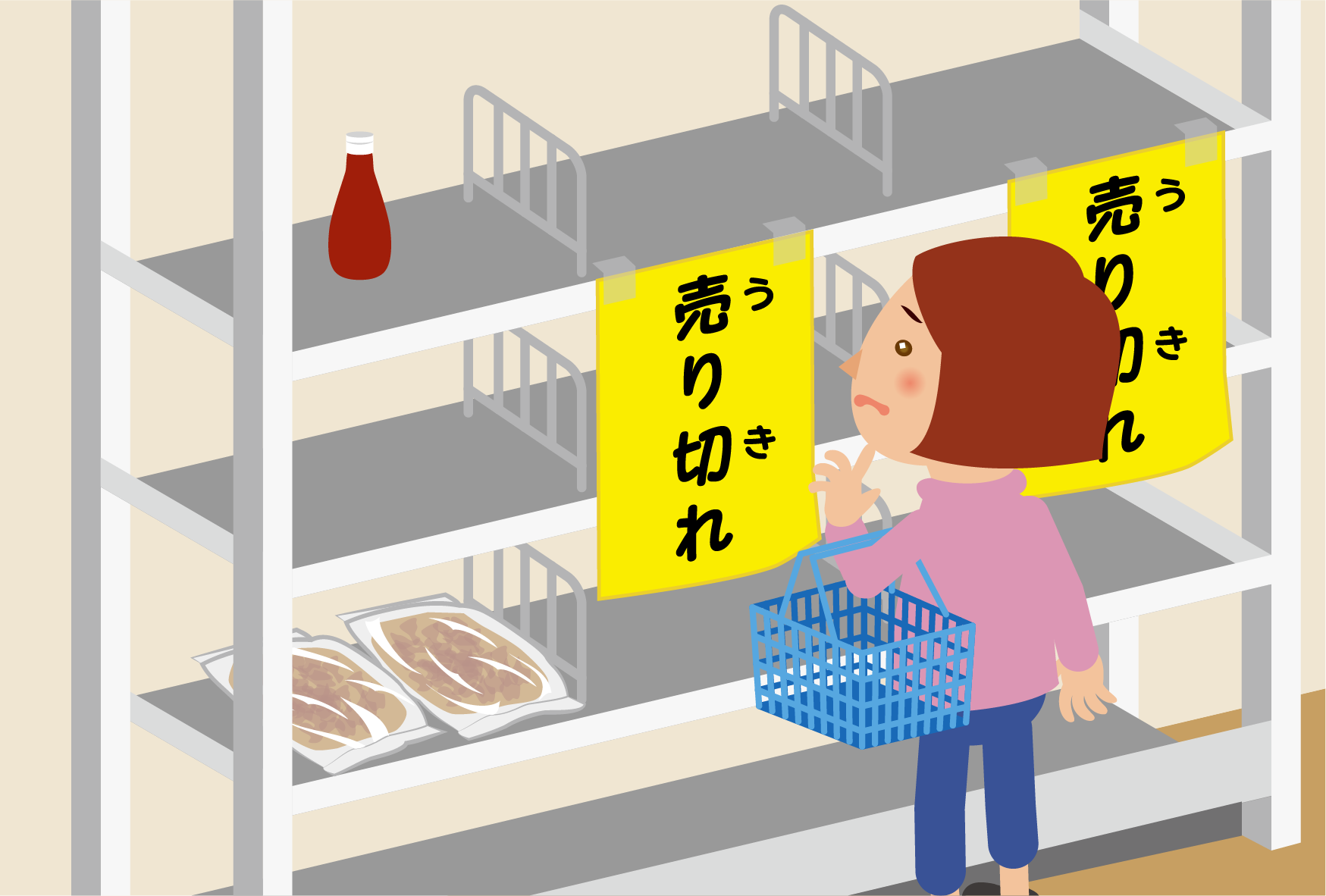
- After some time, they will begin to reopen. It is common for Evacuation Centers to post information about when stores will reopen.
- After a major disaster, it is possible that credit cards and contactless payment methods (Suica, PayPay, etc.) payment methods will not work.
Stores may also not have change. Take multiple 1000 yen notes and a lot of small change with you.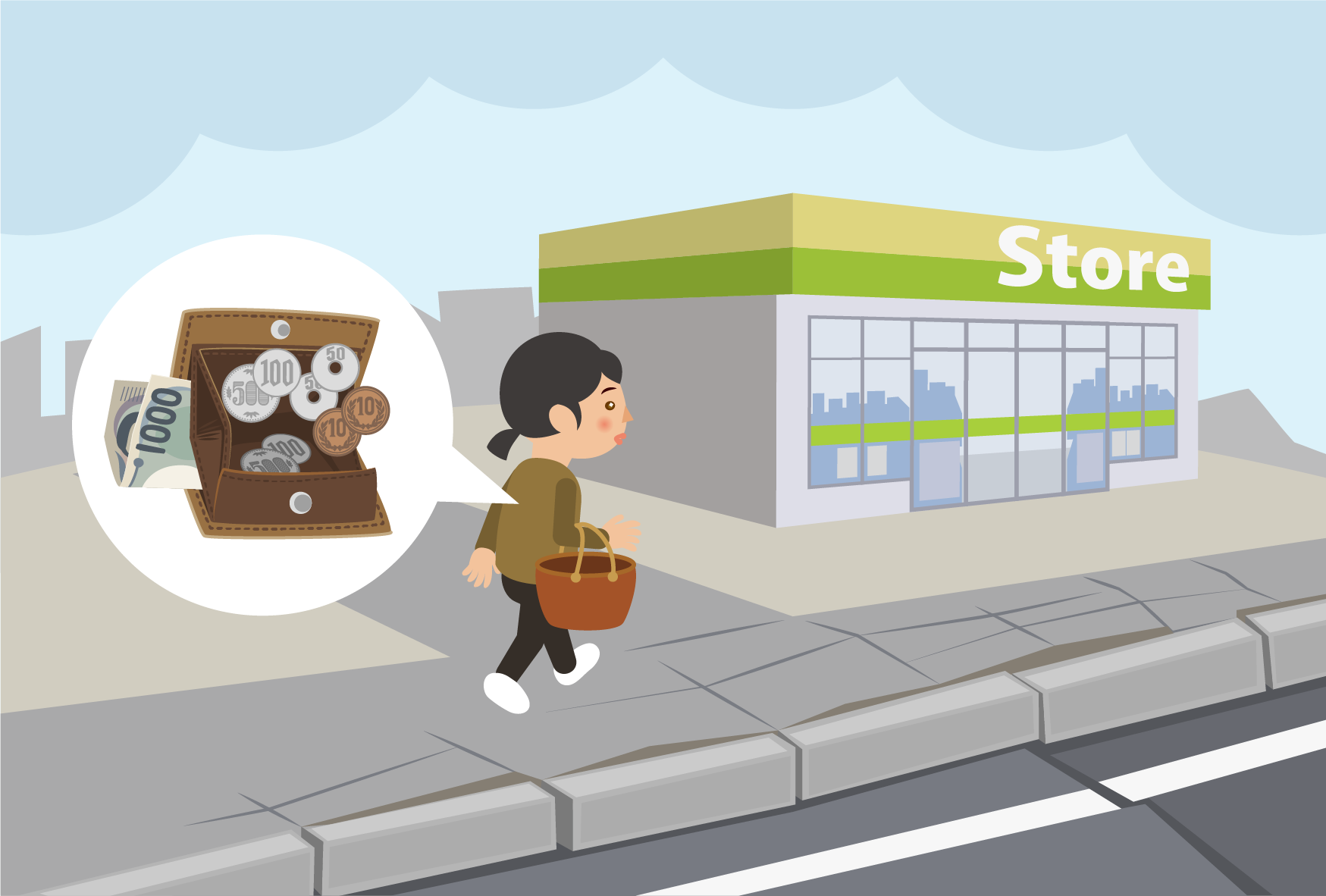
After some time has passed, warm food may be distributed at Evacuation Centers (hinanjo). Hot meal distribution (takidashi) may be carried out at public buildings, parks, community centers and assembly halls.
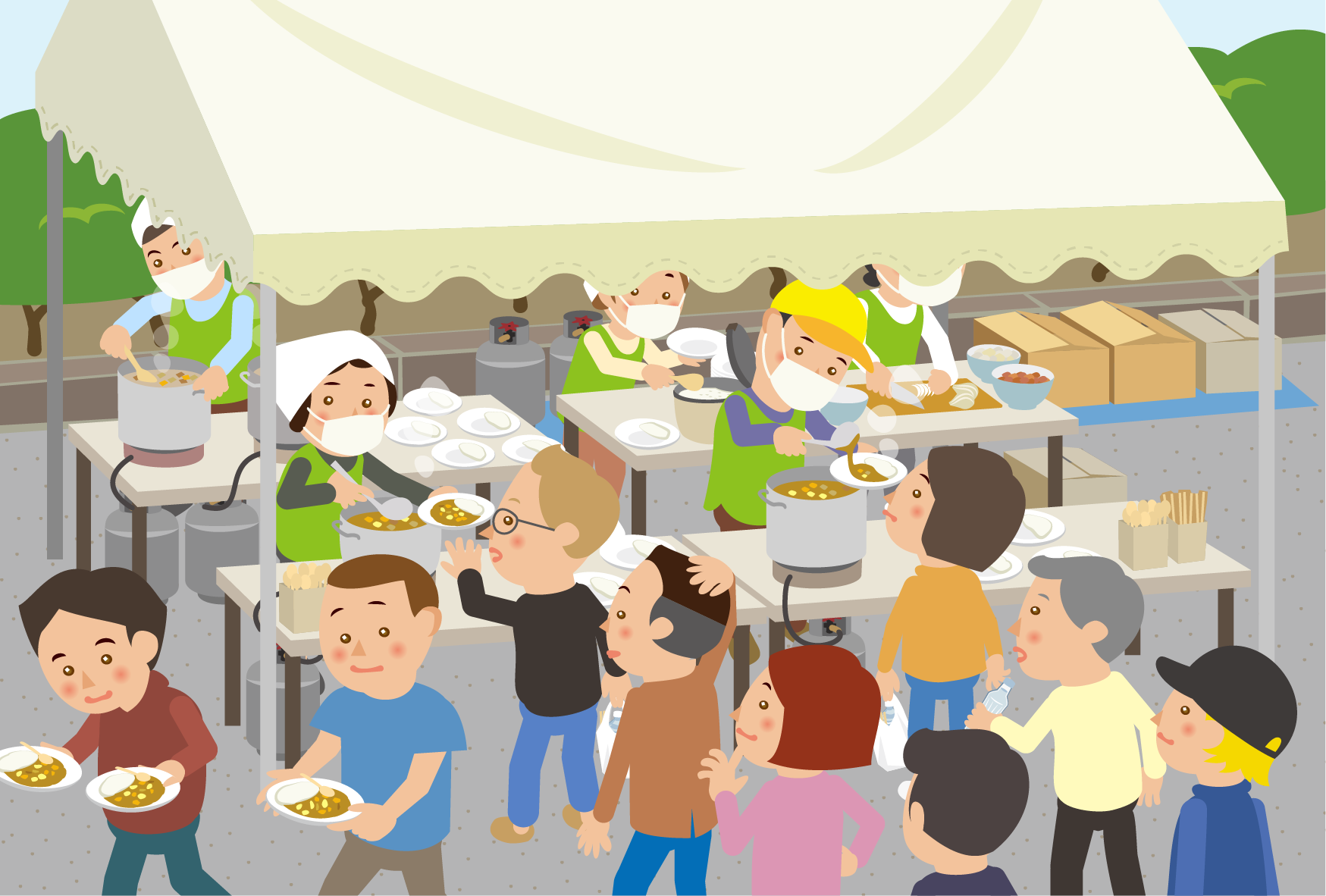
You can still receive food at an Evacuation Center (hinanjo) even if you are living elsewhere (your own home, a friend's home, your car, a church/mosque, etc.) Ask Evacuation Center staff for information.
-
It is common for Evacuation Centers (hinanjo) to stock sanitary products and diapers. Ask Evacuation Center staff for information.
-
While you can receive sanitary products and diapers at Evacuation Centers, supplies will be limited. Try to prepare what you and your family will need in advance.
